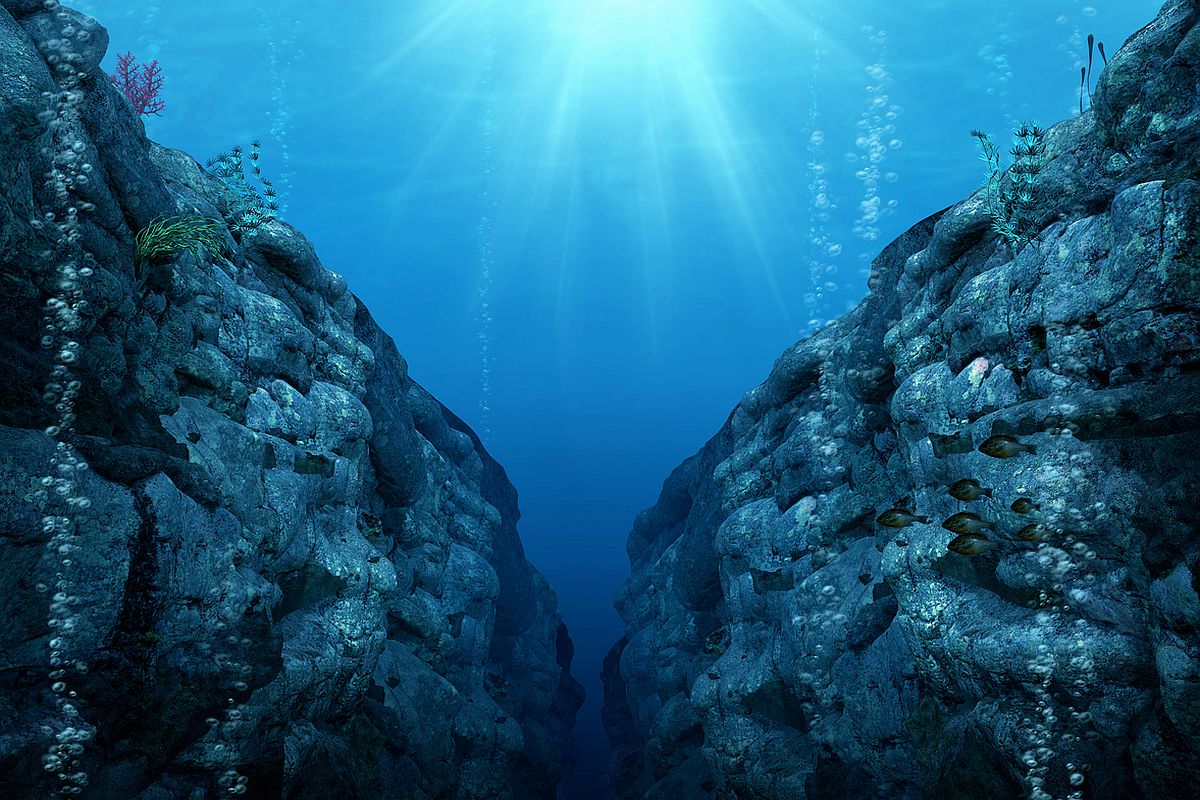Uncharted Warming
The earth has just witnessed its hottest January on record, defying expectations and leaving climate scientists scrambling for answers.
The findings, published in the journal Proceedings of the National Academy of Sciences, revealed that different corals and environments influence the likelihood of their survival when ocean temperatures rise.

(Photo: iStock)
A team of scientists have, for the first time ever, mapped living corals before and after a major marine heat wave, to make targeted and effective conservation.
While there have been reports of coral bleaching, researchers from Arizona State University showed where corals are surviving despite rising ocean temperatures caused by climate change. The study also finds that coastal development and water pollution negatively affect coral reefs.
Advertisement
The findings, published in the journal Proceedings of the National Academy of Sciences, revealed that different corals and environments influence the likelihood of their survival when ocean temperatures rise.
Advertisement
The team took to the sky on the Global Airborne Observatory (GAO) – an aircraft equipped with advanced spectrometers that map ecosystems both on land and beneath the ocean surface. With these maps, the researchers can assess changes in coastal ecosystems over time.
“Repeat coral mapping with the GAO revealed how Hawaii’s coral reefs responded to the 2019 mass bleaching event,” said lead author Greg Asner, director of the ASU Centre for Global Discovery and Conservation Science.
“We discovered coral ‘winners’ and ‘losers.’ And these winning corals are associated with cleaner water and less coastal development despite elevated water temperatures.”
When the Hawaiian Islands faced a mass bleaching event in 2019, the GAO mapped live coral cover along eight islands before the marine heat wave arrived.
With these data, the researchers identified more than 10 potential coral refugia – habitats that may offer a safe haven for corals facing climate change. Among the potential refugia, there was up to 40 per cent less coral mortality than on neighbouring reefs, despite similar heat stress.
The results also indicated that reefs near heavily developed coasts are more susceptible to mortality during heat waves. When development occurs on land, the amount of pollution entering the reef ecosystem increases, creating an unfavourable environment for coral reefs already fighting to survive the warming water.
However, many reefs harbour corals that persist despite warming oceans. Unravelling the complex issue of coral bleaching and its impact on their survival or death may be key to conserving coral reefs – ecosystems that more than half a billion people around the world rely on for food, jobs, recreation, and coastline protection.
Advertisement